How To Find Your Driver’s Sweet Spot More Often
We take a look at how having the correct golf shaft for your swing increases your chance of finding the sweet spot more consistently
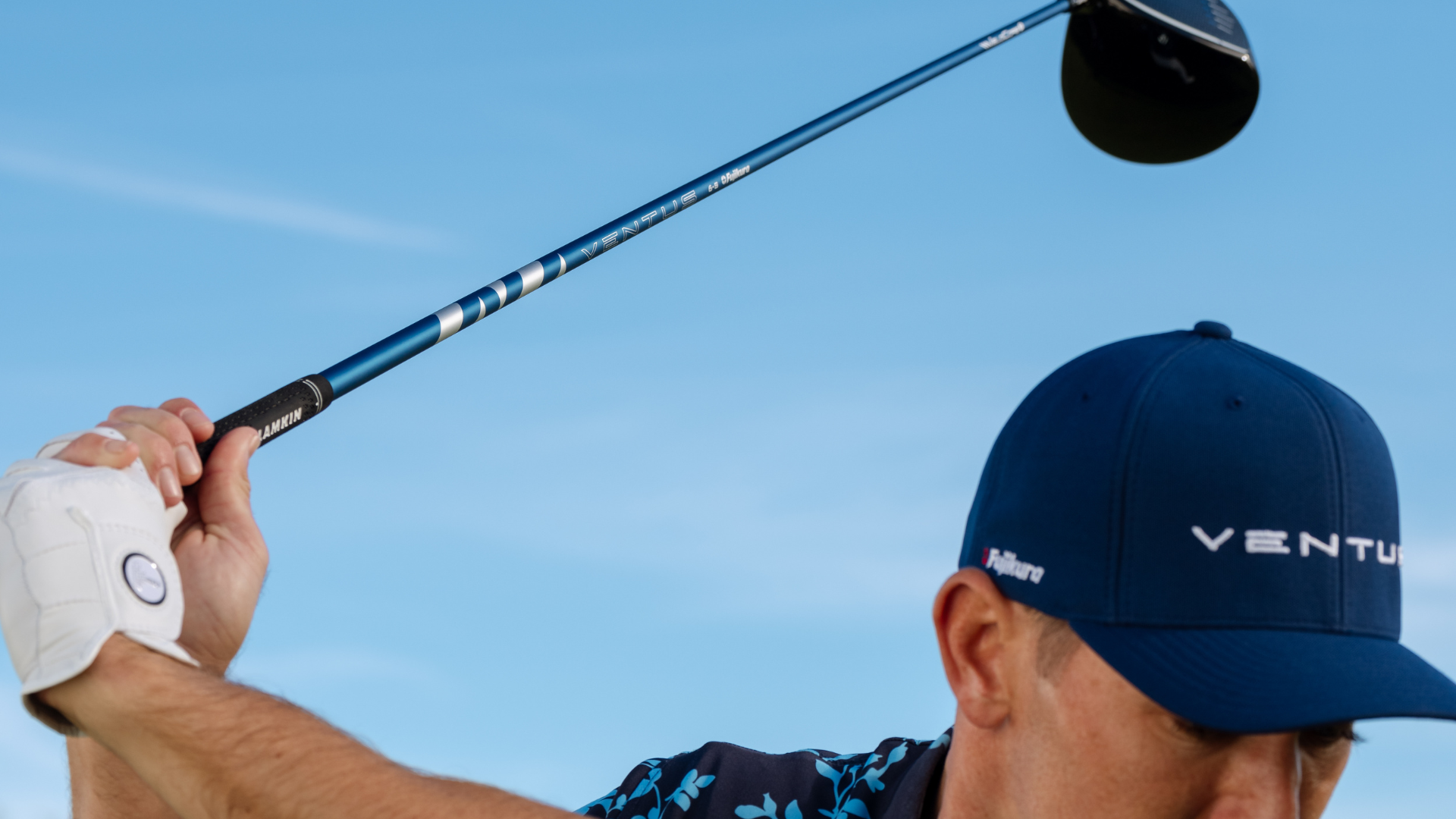

One of the key factors in being a good driver of the golf ball is the ability to repeatedly find the sweet spot, and to do that on a consistent basis you must have the correct shaft for your golf swing. This is why getting custom fitted for your clubs by a professional is so important.
With the wrong shaft you will struggle for consistency off the tee and even when you do find the sweet spot your ball flight might not be what it should be and you will almost certainly be losing distance. Having the right shaft won’t make a cheap driver perform like a premium one, but having the wrong shaft can certainly make a premium driver perform like a cheap one. So if you want to find the middle of the face more consistently, to improve your drives and add distance while tightening up that dispersion, having the best driver shaft is imperative. Even the best driver that money can buy will be no good to you if you don’t have the shaft that matches up with your swing.

Golf shaft performance is based on a variety of factors related to a player’s swing tendencies, load factor, strength and club speed. So a shaft that might be perfect for one golfer may be a terrible fit for another, even if they are of a similar skill level. Leading shaft makers like Fujikura understand this and produce a wide variety of different shafts to suit every kind of swing.
Having a shaft that is tailored to your swing will make a big difference to how you play. Many casual golfers will just buy a new driver off the shelf without understanding this. If they get lucky it might be a decent fit for them and they may perform well with it. If not, they probably won’t even realise what they are missing if they’ve never played with a shaft that has been fitted to suit their needs.
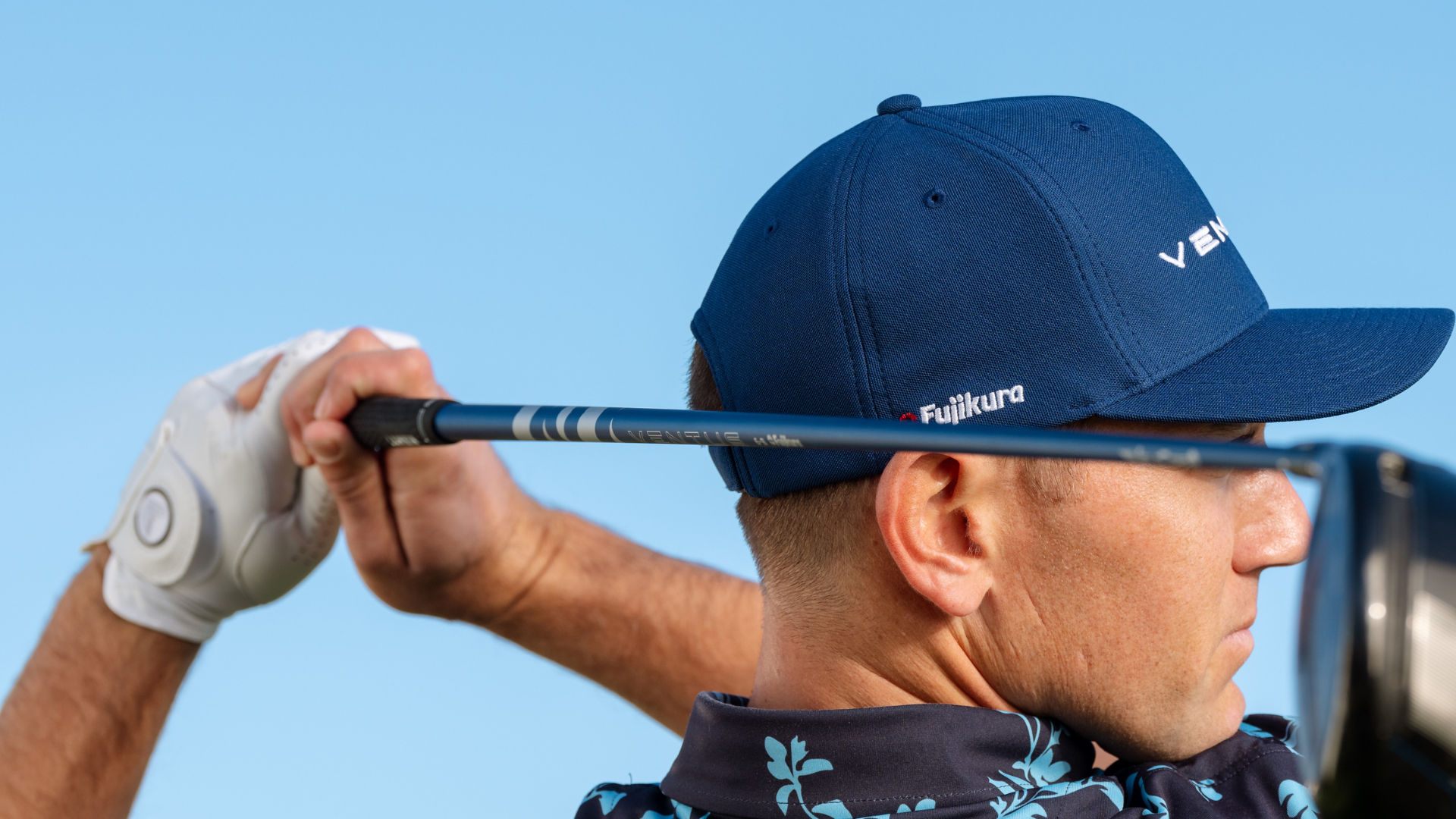
So why is the shaft so important in helping the golfer find the sweet spot? In a nutshell it’s because the shaft reacts to how a golfer swings the club and - other than the swing path of the golfer - it is the biggest factor in determining how the club head is delivered to the ball. All of the high end technological advancements that have been made in driver heads over the years counts for very little when paired with an unsuitable shaft. So if you don’t have the correct weight, flex or length of shaft, or if the torque or kick point isn’t optimised for your swing, then no matter how well you swing the club it is going to make it difficult to consistently deliver the club head to the ball on the correct trajectory, and you will therefore likely experience a lot of poor contact.
So if you feel like you are swinging the club quite well with your other clubs but you are struggling to find the center of the face with driver, then it might just be that you have the wrong shaft, in which case it’s an easy fix and you should definitely look to book yourself in for a fitting.
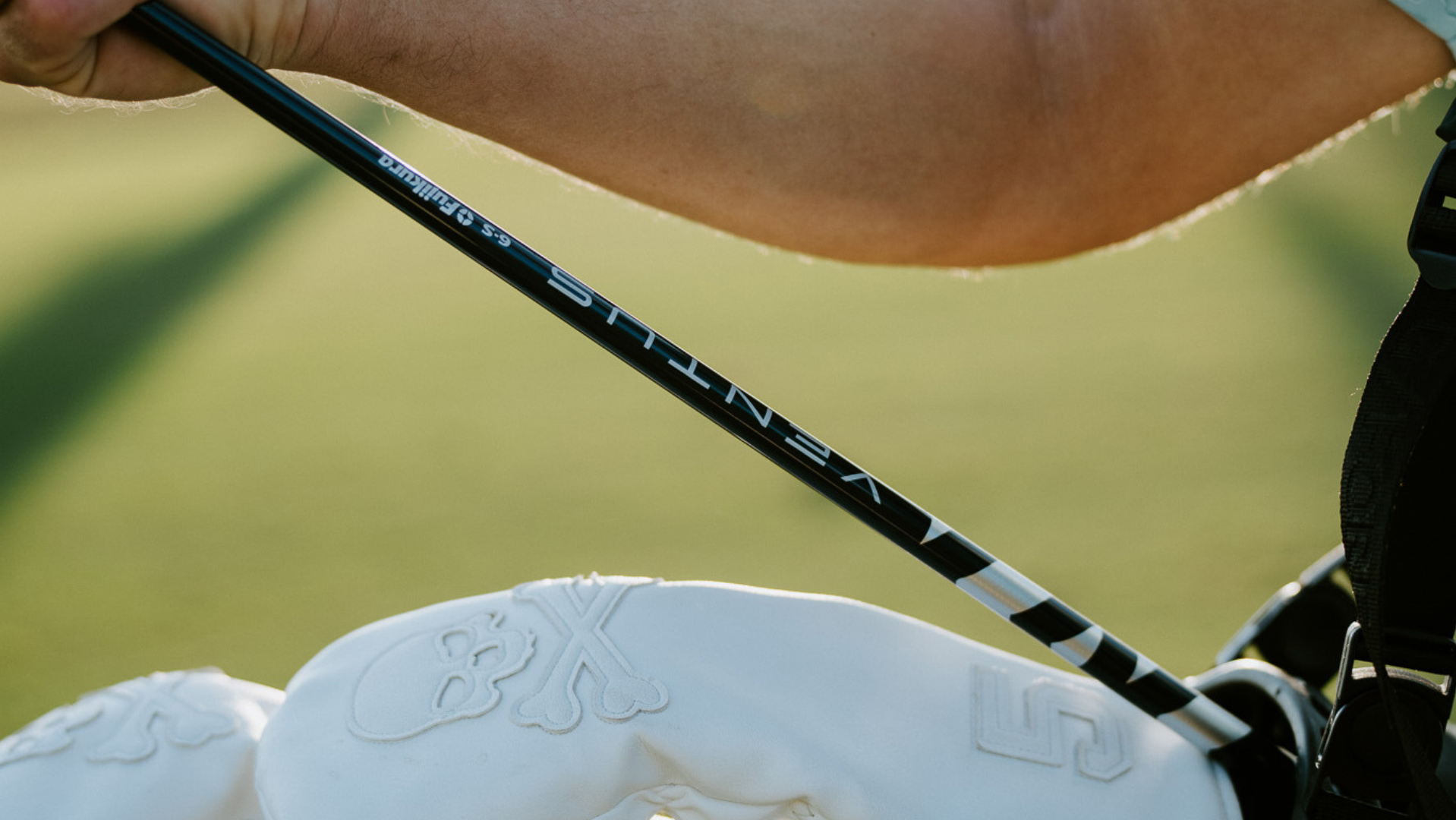
Let’s take a look at how an unsuitable shaft can effect your ball striking off the tee. We’ll start with the most basic thing. Length. If you are an especially tall golfer then you might want to add a couple of inches to your driver. Similarly, if you are a little short you might want to knock an inch off the shaft length. A longer shaft can make it more difficult to control your tee shots but it will add extra distance. Having the correct length of shaft for your height and swing will certainly make it easier to connect with the sweet spot more frequently.
Get the Golf Monthly Newsletter
Subscribe to the Golf Monthly newsletter to stay up to date with all the latest tour news, equipment news, reviews, head-to-heads and buyer’s guides from our team of experienced experts.
Then there’s flex. On the most basic level you have the most common flexes; womens, senior, regular and stiff. There are stiffer options too but those are aimed at extremely high swing speeds. Generally your swing speed will determine the flex of shaft you require for consistent ball striking, but there are other wrinkles to it as not all same flex shafts have the same specifications. Some will have a high launch, some low and others medium. Some are designed to spin more, some will spin less.
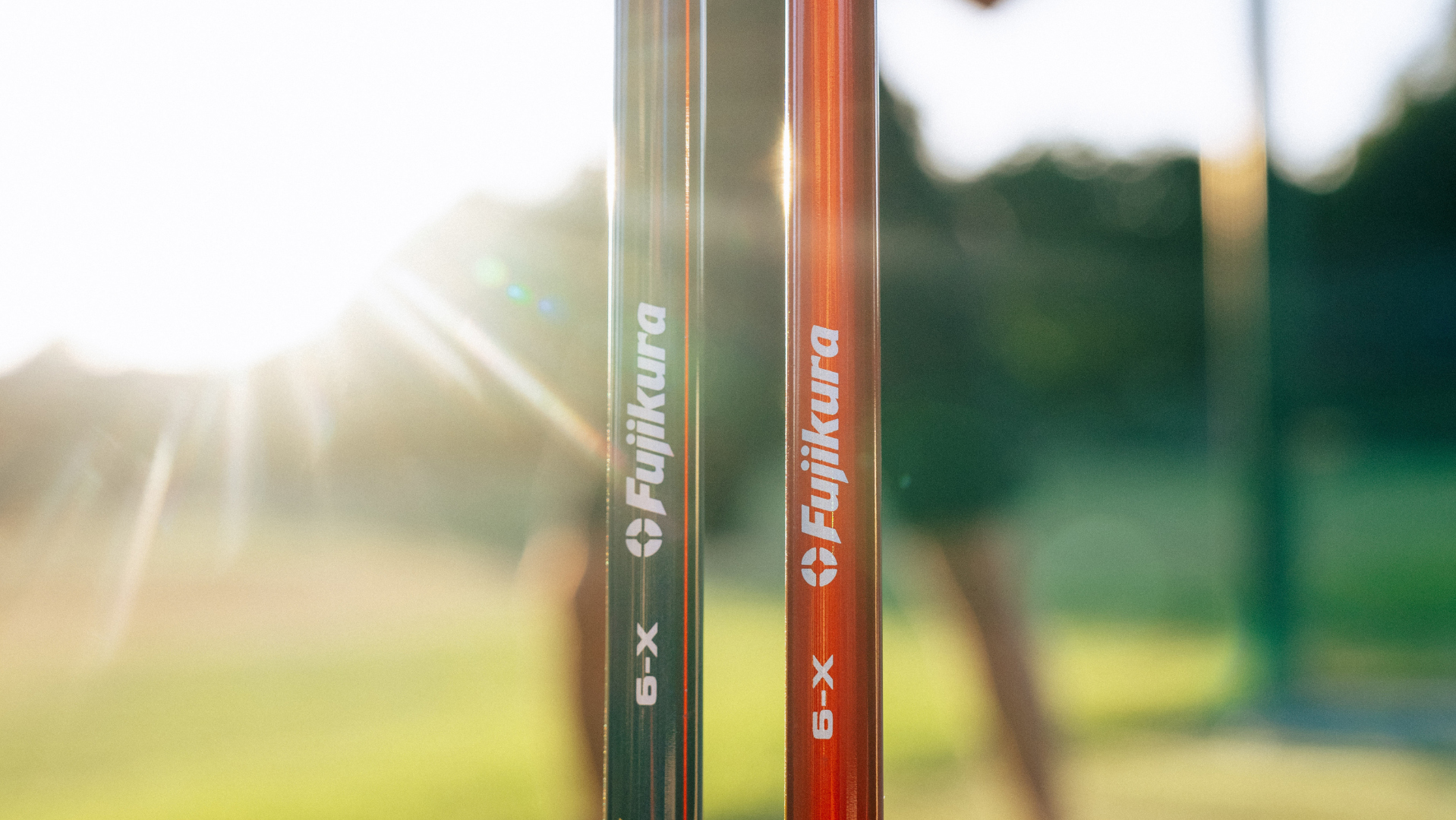
If a golfer is struggling to release the club head they may require a counter-balanced shaft where the weight is predominantly in the handle. This changes the kick point of the shaft and will help the club head release, which should straighten up some of those slices. Conversely, a golfer missing to the left and releasing the head too early would benefit from the weight being lower down. So the weight and kick point of shafts is just as important as the actual flex when it comes to being able to consistently find the middle of the club face.
This is why there are numerous options of shafts in all flexes. If we look at the popular Fujikura Ventus range for example, they come in three categories based on colors; Ventus Red (mid-high launch), Ventus Blue (mid launch) and Ventus Black (low launch). All of these are available in different flex, weight and torque options so there is something to suit every golfer.
A professional fitting will ensure you are fitted into a driver shaft that is optimized for your swing and has the correct flex, weight, kick point, torque and spin rate to ensure better contact and allow you to squeeze out every last yard off the tee while also tightening up the dispersion to help you find more fairways.
Dave is a distinctly average golfer with (fading) aspirations to be so much more than that. An avid collector of vintage Ping putters and the world's biggest Payne Stewart fan, in 2021 Dave turned his front garden into a giant putting green to work on the weakest area of his game. Progress has been slow but steady! In addition to his work reviewing golf gear and writing features for Golf Monthly and T3, Dave is the founder of the Bang Average Golf website.
Dave’s lowest round is a one over par 73 around Kirkby Valley Golf Club in 2018, which included a bogey on the 18th to ruin the one and only chance he’ll ever have of shooting an even par or better score. That errant tee shot on 18 does not still haunt him to this day though, in fact he hardly ever thinks about it. No, honestly, he doesn’t. Not at all. Never.
Dave splits most of his golf between Hurlston Hall Golf Club in Ormskirk, Lancs, and Berrington Hall Golf Club in St Helens and has a handicap that fluctuates between 9 and 12, largely depending on how poor his putting is.
Dave’s current What’s In The Bag?
Driver: Wilson Staff Dynapower Titanium, 9.5°
3 wood: Cobra Speedzone, 15°
5 wood: Tour Edge Exotics 722, 18°
7 wood: Callaway Mavrik Max, 21°
Irons: Cobra Darkspeed, 6-PW
Wedges: Cleveland CBX ZipCore (graphite), 48°, 52°, 56°
Putter: Ping PLD Oslo 3
Ball: Wilson Staff Triad
-
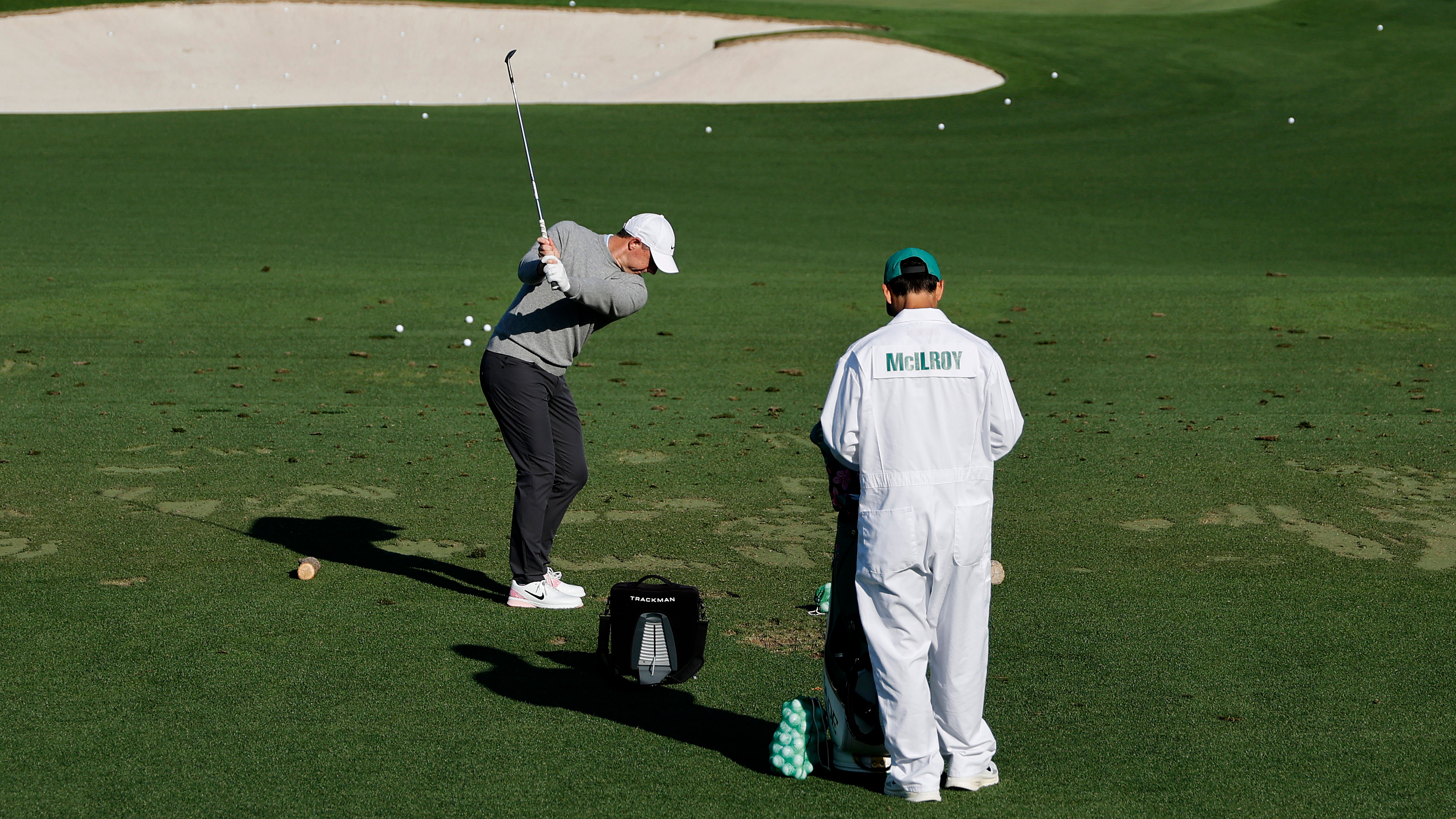 Rory McIlroy Explains His Extraordinary Pre-Round Routine (And It's The Complete Opposite Of Most Amateurs)
Rory McIlroy Explains His Extraordinary Pre-Round Routine (And It's The Complete Opposite Of Most Amateurs)McIlroy shares what goes into his usual pre-round routine at tournaments and what his timetable looks like before arriving at the first tee
By Jonny Leighfield Published
-
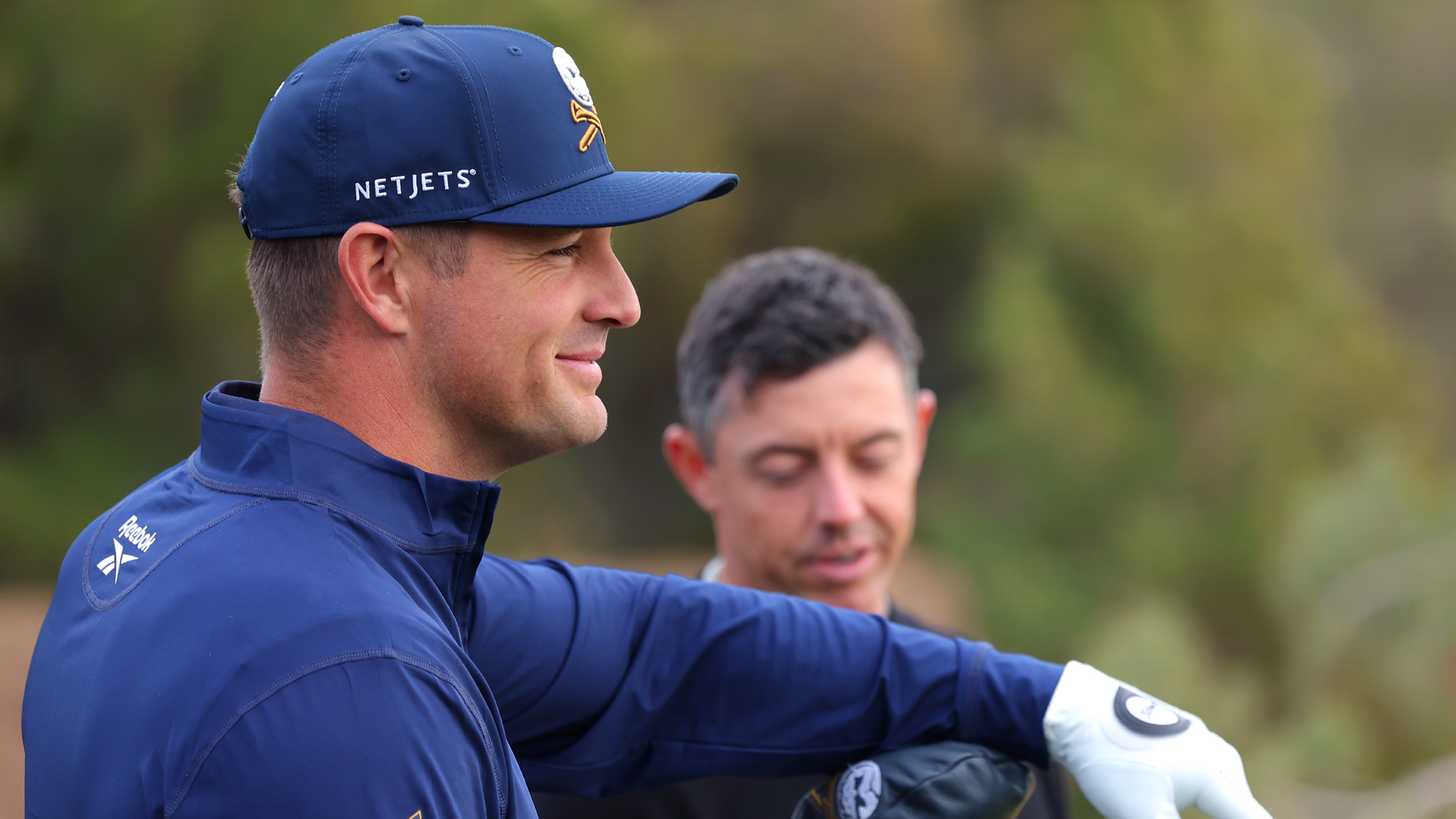 ‘You Kinda Did It To Yourself’ – When Bryson DeChambeau Needled Rory McIlroy Over US Open Battle
‘You Kinda Did It To Yourself’ – When Bryson DeChambeau Needled Rory McIlroy Over US Open BattleMonths after Bryson DeChambeau’s defeat of Rory McIlroy in the US Open, the two met in Las Vegas, where the LIV Golfer had a lightning-quick response to a humorous comment from his rival
By Mike Hall Published